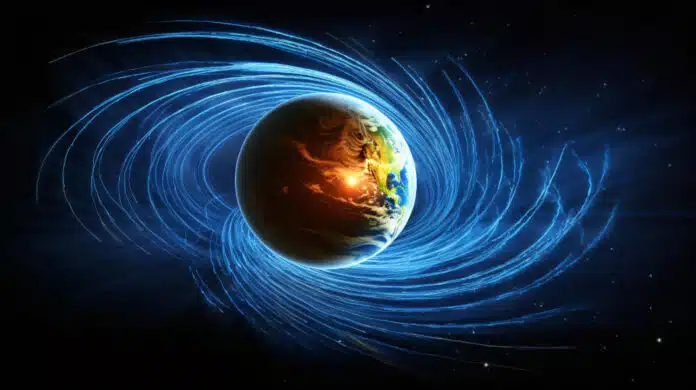
By Amit Malewar 17 Aug, 2024
Collected at: https://www.techexplorist.com/phenomenon-impacts-earth-radiation-belts/87326/
Previously, it was believed that when lightning energy entered the ionosphere at low latitudes, it remained trapped and could not reach the radiation belts. These belts are two layers of charged particles around Earth, held by its magnetic field.
Understanding the radiation belts and the different types of electromagnetic waves, including those from lightning on Earth, is essential for safe and effective human activities in space.
Two scientists from the University of Alaska Fairbanks have discovered a new type of’ whistler wave’- an electromagnetic wave that carries a substantial amount of lightning energy to the Earth’s magnetosphere.
After entering the ionosphere at low latitudes to the magnetosphere, the energy from the wave is reflected upward by the ionosphere’s lower boundary, at about 55 miles altitude, in the opposite hemisphere.
Scientists dubbed this whistler wave as a ‘specularly reflected whistler.’
When lightning energy enters the ionosphere at higher latitudes, it can reach the magnetosphere as a type of whistler called a magnetospherically reflected whistler, which reflects within the magnetosphere.
This study shows that both types of whistlers are present in the magnetosphere.
Scientists used plasma wave data from NASA’s Van Allen Probes and lightning data from the World Wide Lightning Detection Network for this study. They also developed a wave propagation model that showed the doubling of lightning energy reaching the magnetosphere when considering specularly reflected whistlers.
According to plasma wave data, Specularly reflected whistlers are a common magnetospheric phenomenon.
Lightning occurs mostly at low latitudes. This means specularly reflected whistlers probably carry a greater part of lightning energy to the magnetosphere relative to that carried by magnetospherically reflected whistlers.
Journal Reference:
- Vikas Sonwalkar and Amani Reddy. Specularly reflected whistler: A low-latitude channel to couple lightning energy to the magnetosphere. Science Advances. DOI: 10.1126/sciadv.ado2657

Leave a Reply